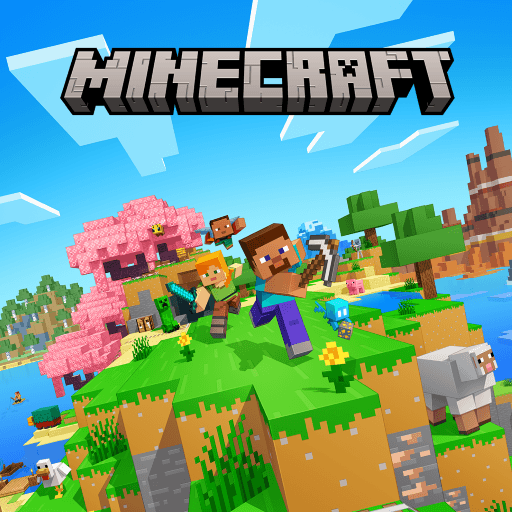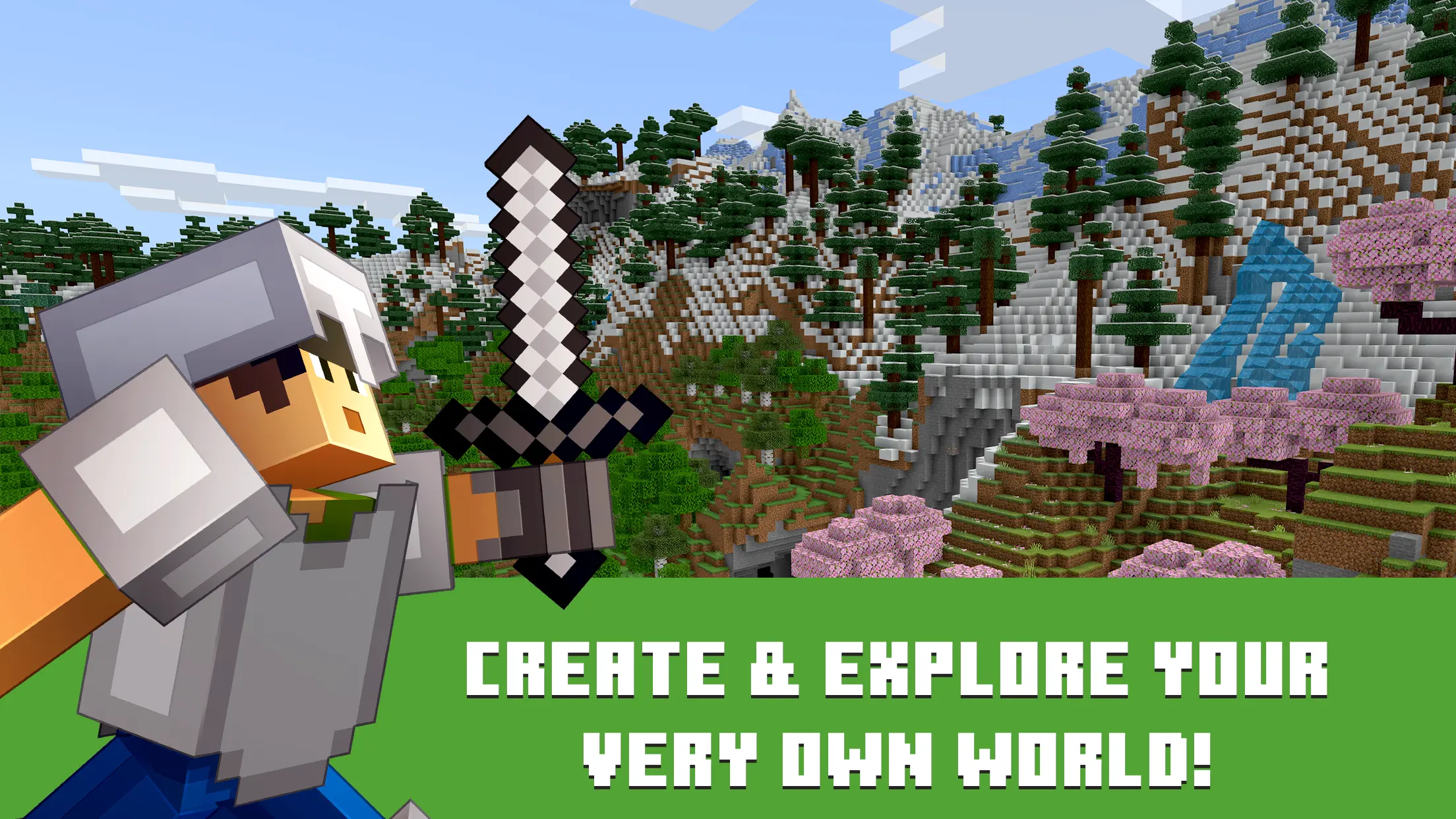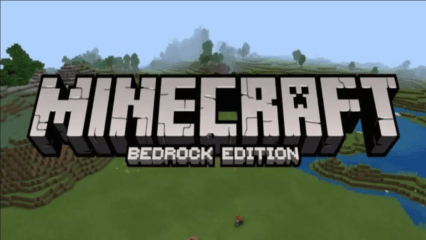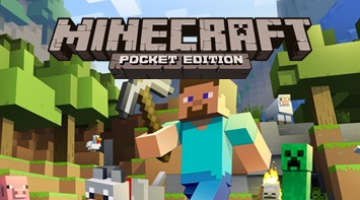All you Need to Know about Mining in Minecraft
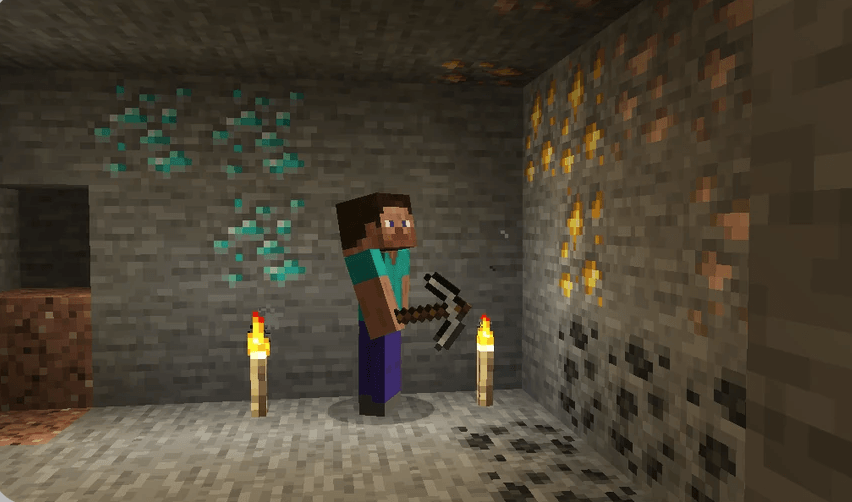
Mining is the backbone of Minecraft. It’s the primary way players gather essential resources like coal, iron, diamonds, redstone, and even ancient debris. Whether you’re playing in Survival Mode or preparing for ambitious building projects, understanding how to mine efficiently can greatly improve your success and speed up your progress. We have meticulously explained about the different mining processes, how they work, and digging tips to get your desired ores.
Important of Mining in Minecraft
Mining is more than just digging tunnels; it is about strategic resource harvesting, survival, and advancement. Mining materials allow you to upgrade your tools, weapons, and armor, power intricate redstone contraptions, and gain access to advanced features such as the Nether and End dimensions. Without mining, it is impossible to collect critical minerals such as diamonds, redstone, lapis lazuli, and ancient detritus (netherite), which are required for end-game content.
Mining Tools
Check out all the different mining tools available to be used:
- Pickaxe: The most critical tool. You’ll need at least an Iron Pickaxe to mine important ores like gold, redstone, and diamond. For ancient debris in the Nether, a Diamond or Netherite Pickaxe is mandatory.
- Shovel: Useful for digging through dirt, gravel, or sand quickly.
- Sword or Axe: For defending against hostile mobs.
- Torches: Essential for lighting tunnels and preventing mob spawns.
- Food: Keeps your hunger bar full and enables regeneration.
- Blocks: Cobblestone or dirt to build bridges or block off hazards like lava.
- Water Bucket: Extremely useful to neutralize lava, create obsidian, or break falls.
- Shield: Provides extra protection against skeletons or creepers.
- A Fortune-enchanted Pickaxe: Great for increasing yields from ores like diamonds, coal, and lapis.
Understanding Ore Distribution in Minecraft
In Minecraft, ores spawn at different depths in the world, usually defined by the Y-level (vertical coordinate). Knowing where to mine maximizes efficiency. Ores of different metals and materials can be found at different depths. Here is a short guide on the estimated depths of different ores:
- Coal: Best between Y 95 and 136, but abundant across many layers.
- Copper: Common between Y 48 and 0.
- Iron: Abundant around Y 16, but found from Y -64 to Y 320.
- Gold: Best between Y -16 and -64.
- Redstone: Found mainly between Y -59 to -64.
- Lapis Lazuli: Best near Y 0 but can appear between Y -64 to 64.
- Diamonds: Most abundant at Y -59.
- Emeralds: Spawn in mountain biomes, particularly at high altitudes.

Branch Mining Technique
Branch mining is one of the safest and most efficient ways to collect ores, especially diamonds and redstone.
How it Works:
- Dig a central tunnel, usually 2 blocks high and 1 block wide.
- Every 2 or 3 blocks, create smaller tunnels branching off the main shaft.
- This exposes a maximum number of blocks per tunnel dug.
Pros
- Efficient exposure of ores.
- Minimal hazards.
- Easy to navigate.

Strip Mining Technique
Strip mining involves clearing large horizontal areas layer by layer. This method is resource-intensive but can expose large quantities of ore.
How it Works:
- Dig a central tunnel, usually 2 blocks high and 1 block wide.
- Every 2 or 3 blocks, create smaller tunnels branching off the main shaft.
- This exposes a maximum number of blocks per tunnel dug.
Pros
- Good for finding multiple ore types.
- Clear sightlines.
Players can enjoy playing Minecraft on a bigger screen of their PC or Laptop via BlueStacks along with your keyboard and mouse.
Keep progressing in Minecraft: Play with Friends with our other in-depth guides:
- How to Play Minecraft on PC with Bluestacks
- How to Never Die in Minecraft: Play with Friends Survival The Ultimate Strategy Guide
- Minecraft Map Guide: Navigating, Creating, and Mastering Every Terrain
- Minecraft Bundles of Bravery Update – Hardcore Mode, Bundles, and What’s New for Bedrock Players
- BlueStacks Guide to Building Animal Farms in Minecraft

